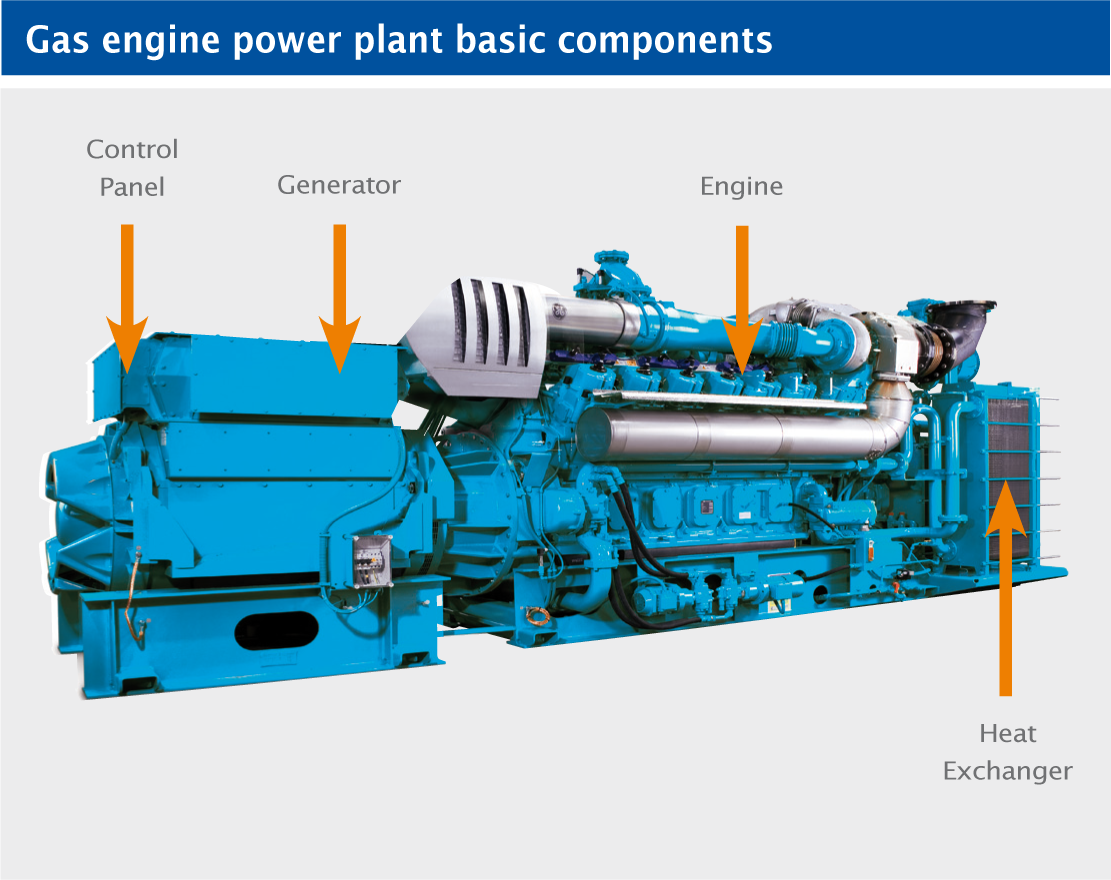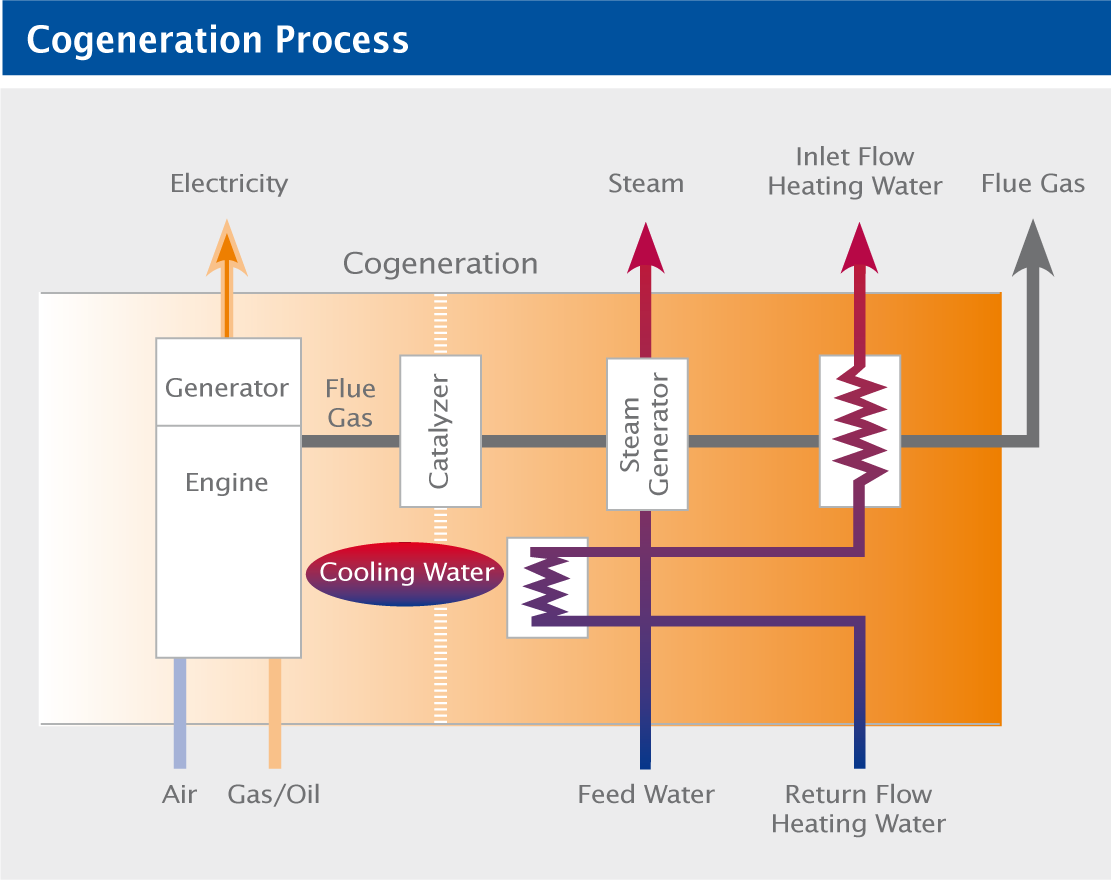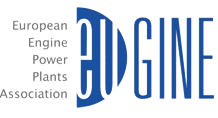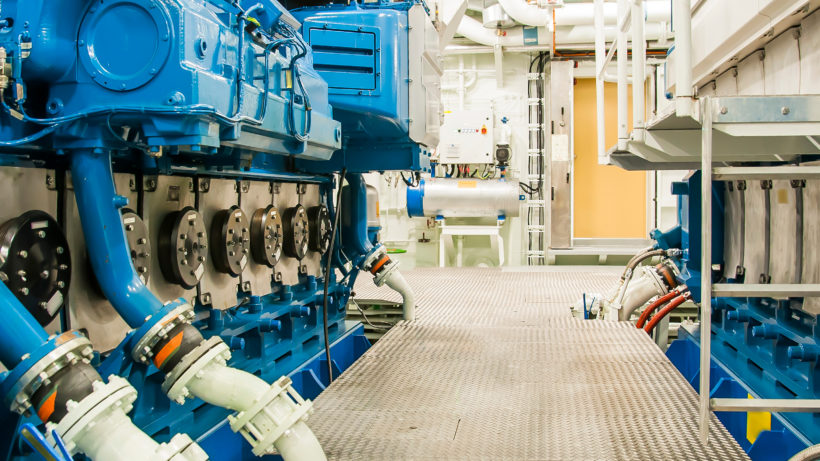Engine Power Plants at a Glance
Engine power plants generate electricity and, often, additional thermal energy. It is a solid and reliable technology, with very short start-up and ramp-up times, and extremely flexible when it comes to the types of fuel or gas used.
The various engine types available on the market cover a broad output range, from small 6 kW systems supplying heat and power to individual apartment blocks and public buildings to large 21 MW engines, used in balancing plants for grid stability.
How our technology works

Typical engine power plants have three main components:
- The internal combustion engine (ICE) – the heart of the plant
- The alternator, which generates electricity
- The heat exchanger used to capture the heat
The internal combustion engine can either be a spark ignition engine (a “gas engine”) or a compression engine (a “diesel engine”). Smaller engine power plants often use modified car and truck engines, while larger plants above 1 MW generally use modified ship engines.
The alternator transforms the mechanical energy into electricity. By using a supercharger a larger amount of compressed air can be supplied to the engine and thus the power output increased.
Cogeneration – what is it?
Combustion is a chemical reaction where a fuel is combined with oxygen, producing thermal energy (heat). While a major part of that heat is used to produce electricity, some of it remains unused.
To avoid this loss of heat (and thus of energy) engine power plants often run as cogeneration plants, using the un-used heat from the engine and the exhaust for space heating or in industrial processes.

From S to XXL – Available in all Sizes
One of the large advantages of the engine power plant technology is its sizeability. While the smallest cogeneration plants can operate as from 3 kW electrical power upwards, large electricity-only plants can generate up to 600 MW.
In the medium range of 0.5 to 2 MW often all components are packaged into a turn-key power module for remote applications, emergency power solutions or mobile applications.
The larger plants are built in a modular approach, combining several engines that can be started and operated on demand. The single engines can provide electrical power up to 20 MW per unit and are normally four-stroke engines. They can provide base-load power as well as so called “peaking” power to help balance supply and demand in the grid.

